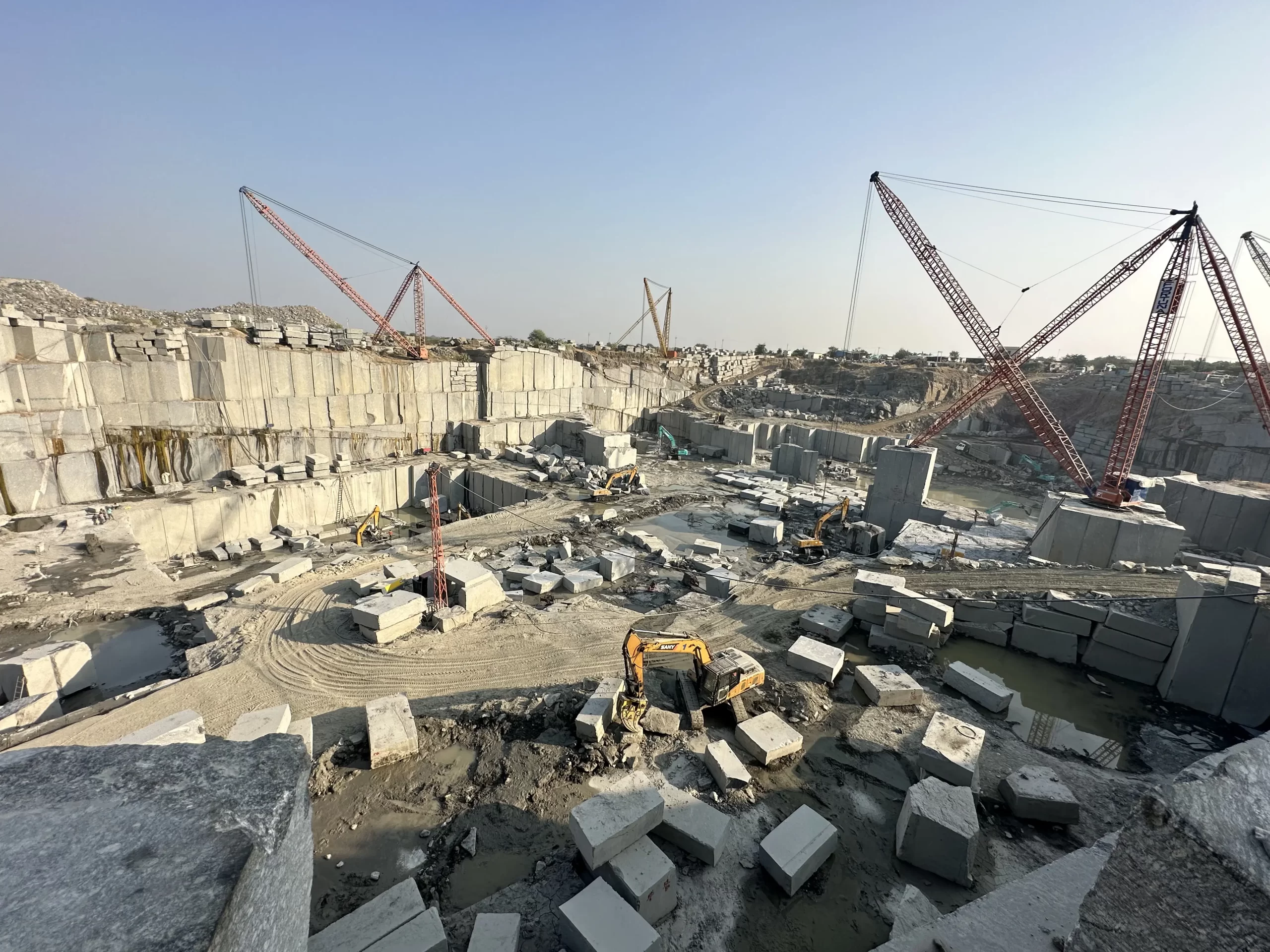Uncovering the Rich History and Sustainable Practices of Granite Quarrying
As we depend on the precipice of discovering the complex tapestry of granite quarrying, a trip with time reveals not simply the physical act of extracting rock yet also the cultural and historical relevance woven right into the really fabric of this technique. From the ancient origins that laid the structure for modern-day quarrying techniques to the lasting techniques that are forming the future of this industry, each carve mark on granite surface areas narrates waiting to be discovered (granite quarries in south africa). The legacy of granite quarrying stretches far past simple removal; it is a testimony to human ingenuity, strength, and the enduring allure of this stunning stone
Old Origins of Granite Quarrying
Dating back to ancient worlds, the technique of quarrying granite has actually been an essential part of human history and architectural advancement. The earliest evidence of granite quarrying go back to old Egypt, where large pyramids and elaborate sculptures were crafted from this long lasting stone. The Egyptians made use of primitive devices to draw out granite blocks from quarries, showcasing the relevance of this product in their significant constructions.
Moving on in history, the Greeks likewise made considerable contributions to the quarrying of granite. The Greeks used granite in various architectural marvels, such as temples and statues, demonstrating their ability in shaping and sculpting this sturdy rock. The Romans even more refined the strategies of quarrying granite, using advanced devices like blades and hammers to remove and shape granite for their iconic structures.
With the centuries, the technique of quarrying granite has developed, with contemporary innovations boosting efficiency while preserving the classic charm of this all-natural rock - granite quarries in south africa. From old people to modern building contractors, the tradition of granite quarrying continues to shape our globe
Development of Quarrying Strategies
The evolution of quarrying strategies has been noted by a continual development in the direction of greater performance and precision in drawing out granite. From the simple approaches utilized by our forefathers to the sophisticated modern technologies utilized in modern-day quarrying operations, the industry has actually undertaken substantial improvements. Early quarrying strategies involved manual work with basic devices such as chisels, hammers, and wedges to remove granite blocks from the earth. As civilizations progressed, strategies like fire-setting and primitive dynamites were presented to promote the removal procedure.
In even more recent times, the introduction of machinery transformed the quarrying market, allowing faster extraction rates and raised performance. Technologies such as diamond cable saws, high-pressure water jets, and pneumatic drills have come to be typical in modern quarries, permitting for precise cutting and minimized waste. In addition, developments in computer-controlled equipment and 3D modeling have actually enhanced quarrying operations, causing marginal ecological impact and improved sustainability techniques. As the demand for granite proceeds to rise, the development of quarrying methods stays indispensable to conference sector requires effectively and sustainably.
Social Value of Granite
Granite holds a profound social importance across various people due to its enduring presence in architectural work of arts and respected monoliths. The social importance of granite extends past its physical qualities; it embodies durability, security, and timelessness, making it a sign of sustaining traditions and practices.

Lasting Practices in Quarrying
Among the rich history of granite quarrying and its cultural relevance exists an expanding focus on lasting methods within the industry. As environmental understanding and worries concerning source deficiency have actually heightened around the world, the quarrying industry has actually significantly accepted lasting methods to minimize its influence on the setting and bordering communities.

Additionally, recovery and rehab of quarry websites post-extraction are essential to sustainable go to my blog methods. By bring back quarried areas to a natural or beneficial state, such as developing wild animals environments or recreational spaces, quarriers can balance out the ecological impact of their procedures and add favorably to the local ecological community.
Legacy of Granite Quarrying
With a historic backdrop soaked in craftsmanship and commercial progress, what sustaining effect has granite quarrying left on the landscape of modern society? The heritage of granite quarrying transcends plain removal methods; it has actually shaped architectural wonders, metropolitan landscapes, and social heritage worldwide. The durable nature of granite has actually made it a favored choice for monuments, buildings, and infrastructure, standing as a testimony to the ability and artistry of quarry employees across generations.
Moreover, the economic footprint of granite quarrying can not be overlooked. The sector continues to give employment possibilities and drive local economies in areas where granite extraction prevails. It has additionally spurred technical improvements in quarrying strategies and equipment, leading to more efficient and sustainable practices.
In terms of sustainability, the tradition of granite quarrying includes efforts to mitigate ecological influences through improvement tasks and liable resource management. By stabilizing economic interests with ecological stewardship, the market strives to guarantee that future generations can proceed to take advantage of this enduring natural deposit.
Final Thought
